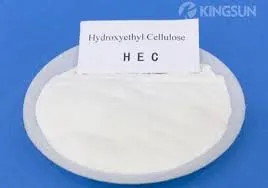Furthermore, pressure vessels facilitate many processes by enabling chemicals to react under controlled conditions. For instance, in the production of ammonia, high pressure is used to drive the reaction, resulting in higher yields and improved efficiency. The ability to store and manipulate various substances safely has made pressure vessels indispensable in modern engineering.




